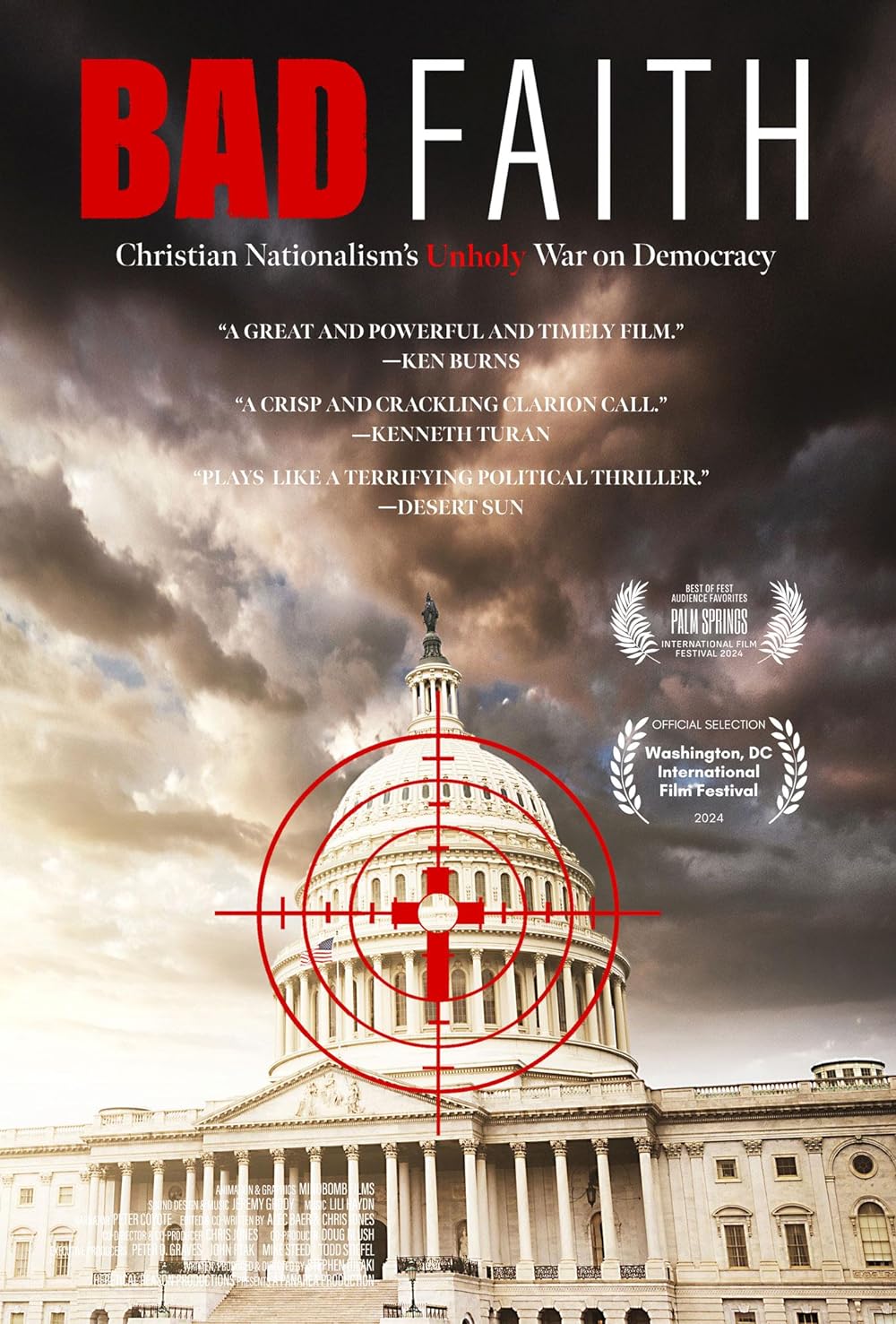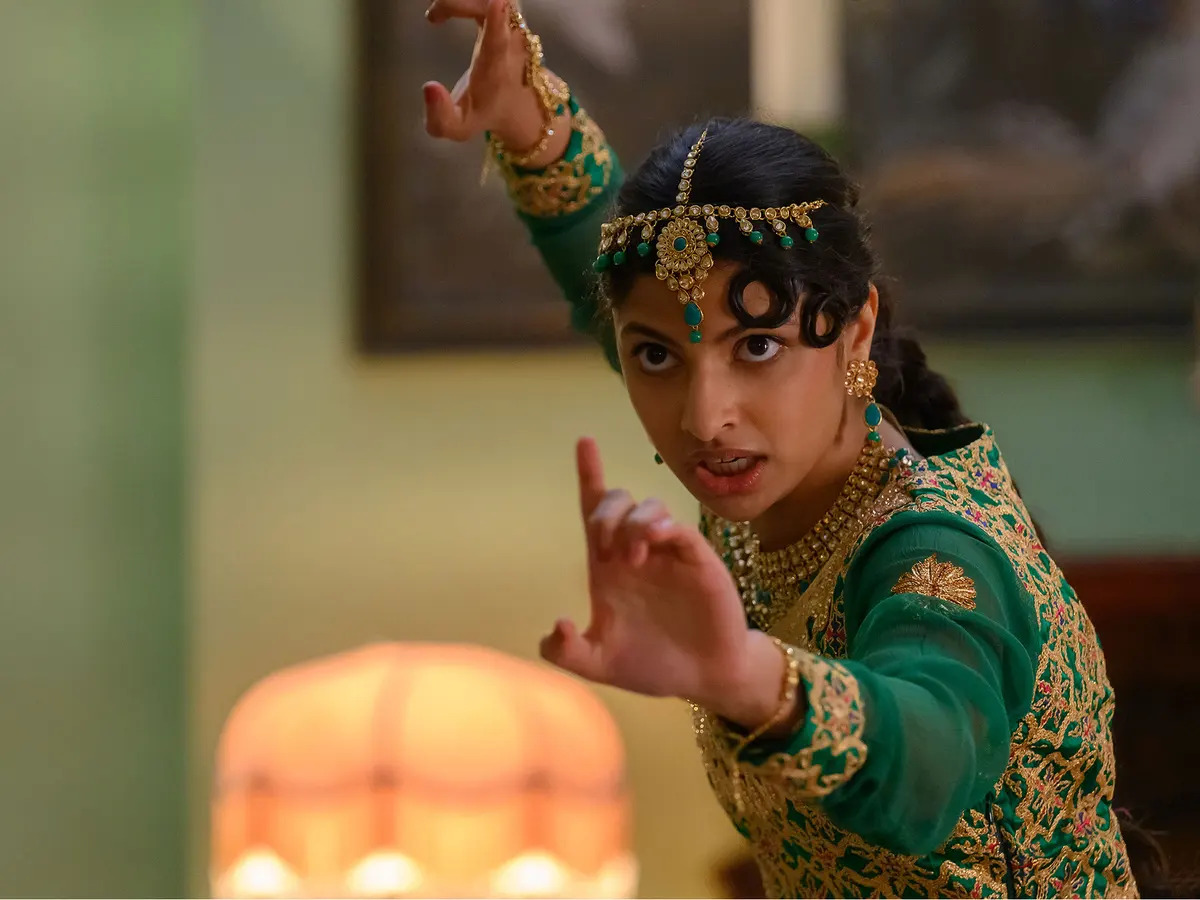The Real Cancun
Posted on April 25, 2003 at 3:19 pm
D| Lowest Recommended Age: | Mature High Schooler |
| Profanity: | Extreme, including n-word (not intended as insult) |
| Nudity/ Sex: | Extreme, including masturbation, nudity, same-sex kissing, on-screen intercourse, |
| Alcohol/ Drugs: | Extreme |
| Violence/ Scariness: | Character stung by jellyfish |
| Diversity Issues: | Inter-racial friends and romance, strong black characters |
| Date Released to Theaters: | 2003 |
This is not your parents’ spring break. There is no sign of Gidget at the bump-and-grind dances or the topless-but-for-whipped-cream contest. The bands on stage are singing lyrics explicit to a different order of magnitude than those of the Beach Boys. However, as with any ode to spring break, certain features seem timeless, including the boozy fumes and the fog of pheromones that float down from the screen in a palpable haze. Even for the genre, “The Real Cancun” seems as thin as the bikini straps worn by sunburned girls, an unreal little peep show which will leave some viewers with hangovers and others with a longing for the responsibility-free days of young adulthood.
In line with its other successful “real” –i.e. unscripted— shows including “Road Rules” and “Sorority Life”, MTV is aiming at its key 18 – 25 year old male demographic with a sensory overload of attractive youths seeking the ultimate party. As with its “Real World” series, “The Real Cancun” involves filming “real” people –meaning attractive, insecure youths, not actors—in everyday situations such as tropical locations where they are forced to interact with carefully selected roommates and the resulting antics are craftily edited for greatest effect. In this case, the cushy location is a color-saturated, beach-front hotel, sporting the most tolerant of cleaning staffs, and the lovely, young strangers are filmed in almost every aspect of their lives (bathrooms are thankfully off limits but everything else is pretty much laid out) for the duration of their showy but finally forgettable spring break.
The days of non-stop filming have been reduced to a handful of vignettes about who is going to sleep with whom. If there is a main character, it is the geeky, sober Alan who –thanks to peer pressure— finds booze and then a girlfriend, as he takes on a new, more confident personality like a modern day Sandra Dee transforming from bobby socks to black leather at the end of Grease. While there is quite a bit of raw, often unintentional, humor in laughing at their antics, the hangover of the movie comes from the sour aftertaste of watching people getting genuinely hurt by one another.
In this place where belly buttons are the shot glasses of choice and it is usually enough to know someone’s first name before having sex, “The Real Cancun” reminds everyone over the age of 24 that they are no longer invited to the party, but that it is the same party that has existed since the invention of the teenager. Ninety minutes of partying with these 16 college-age kids will be enough to send most parents home with a hangover and a strong desire to send their kids to labor in the fields during all future spring breaks.
Parents should know that this movie has a alcohol-content level high enough to make the audience feel drunk. Characters rely heavily upon alcohol, with several individuals doing things while under the influence that they clearly would not do under other circumstances. The movie does not show what must have been the other effects of all that drinking, skipping the vomiting and hangovers for the more voyeur-friendly hooking-up and suggestive dancing.
Parents should know that sex is a major theme of this movie and that the camera follows several couples into the bedroom to record their activities. While many movies have explicit scenes of couples who are acting, there is a notable line being crossed here, where the audience is watching actual intercourse albeit thinly veiled under a blanket.
Families who see this movie should talk about why peer pressure can be an influence on an individual no matter what age they are. Also, they might discuss how insecurities often make us act in a way that overcompensates for a weakness that we see in ourselves. Some of the individuals in this movie are callow, selfish and superficial, hurting those around them while preying on the insecurities of others. Who are the people in this movie who seem to be happy with themselves? Which people make choices that you respect?
Families who enjoyed this movie might be interested in MTV’s “Real World” series or their annual coverage of “MTV’s Spring Break”. For those who would like to visit (or revisit) the college party scene, movies like “Animal House” and “Back to School” provide lots of laughs with no hangover. And for those who would like to think about how far we have come (or how far we have fallen) it might be fun to take a look at the original spring break movie, “Where the Boys Are.”






